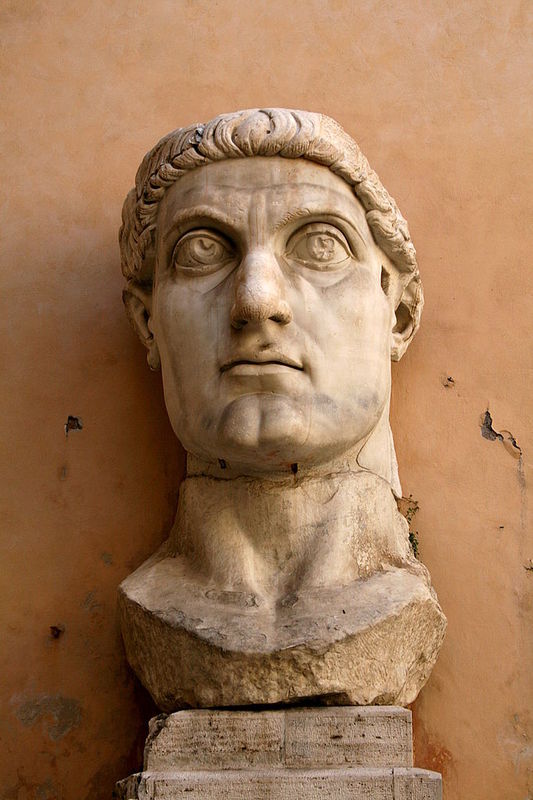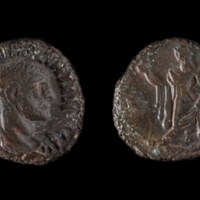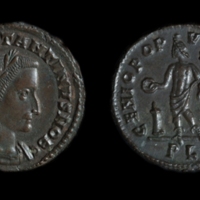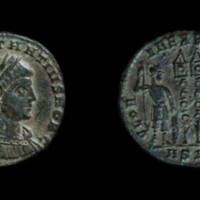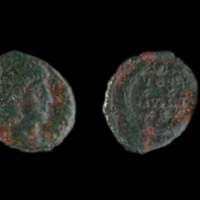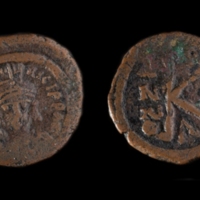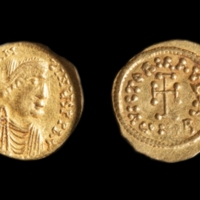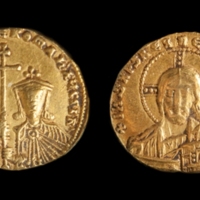Tetrarchy to Byzantine Empire
Diocletian seized power in 284 CE at the bequest of his troops. Though this common story had a violent end for most emperors of the last fifty years, Diocletian was successful and started one of the longest reigns of the later empire. With a talent for administration, Diocletian took a co-ruler, Maximian, each who ruled a different area of the empire. Essentially equal in their role as augustus, Diocletian and Maximian ruled with their respective ceasar, or, second-in-command: Galerius Valerius and Constantius Chlorus. This tetrarchy, or rule by four people, reached its final form around 293 CE.
A highly successful emperor, Diocletian retired in 305 CE with his colleague Maximian. His legacy did not last long however, and the greedy fight for power after the death of Constantius Chlorus eradicated all vestiges of the tetrarchy.
Rising out of this fight for power was Constantine the Great, one of the successors to his father. After defeating the other main competitor, Maxentius, the son of Maximian, in the Battle of the Milvian Bridge, he took sole control of the Western empire in 312 CE. Constantine legalized Christianity with the Edict of Milan in 313 CE, after a vision he had during the battle with Maxentius that featured the Christian symbol of the cross.
The years after Constantine the Great saw the greater division of the Roman Empire. Most emperors did not even step foot in Rome as the capitol of the empire had been moved to the newly renamed Constantinople, formerly Byzantium. The division of Western and Eastern Empire was definitively set and the ultimate decline of the empire was inevitable. It eventually became known as the Byzantine Empire and even that was overrun by invading Ottomans with the fall of Constantinople in 1453 CE.
